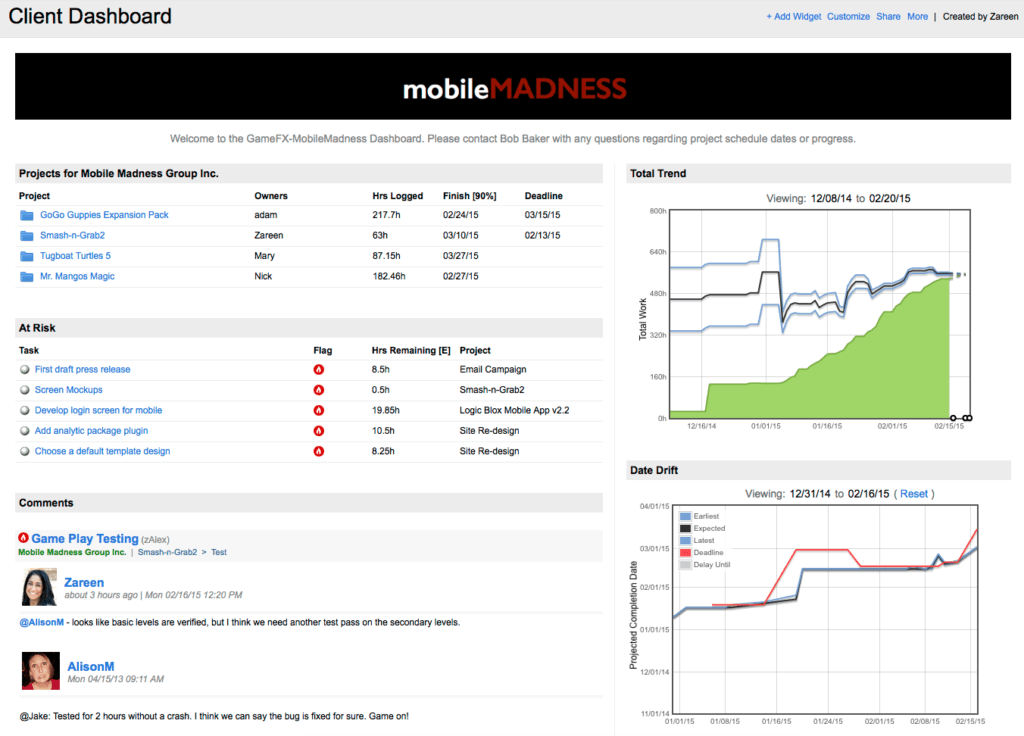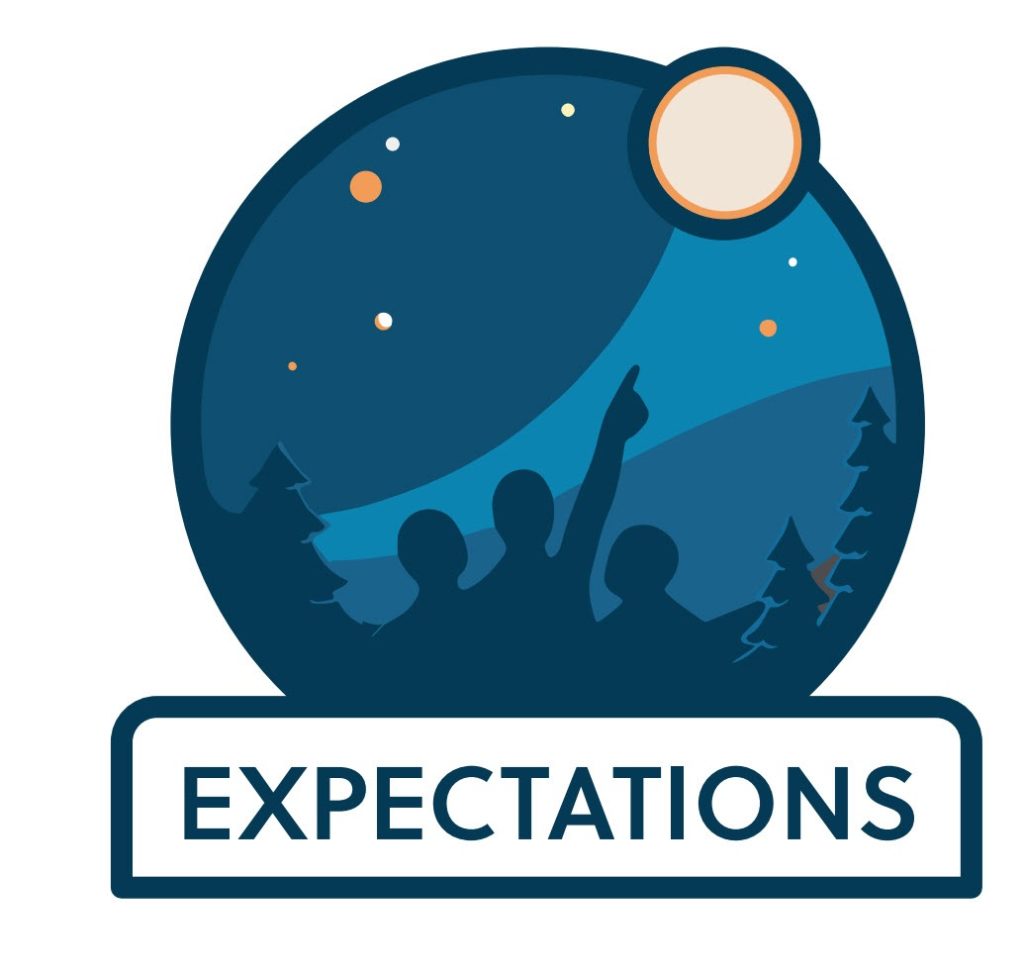One of the biggest frustrations when it comes to delivering successful projects? Project teams have to learn how to manage stakeholder expectations that exist in different galaxies. Here’s an example of what this might look like:
Technology lead: “It’s all about short, sharp schedules.”
Sales: “It’s all about customer satisfaction.”
Finance: “It’s all about maximizing the profit.”
Customer: “I want something top-end and shiny— the moon on a stick really, and with sprinkles!”
As a project manager, your job is to get disparate visions aligned with reality, and keep them that way as the project progresses and variables change. While this is one of the toughest challenges you’ll face; it’s also one that’s critical to the project’s success.
Here’s what happens if you can’t manage team expectations:
- Your team delivers products that customers don’t want or need, thus losing their trust and any future business.
- Your managers and peers lose confidence in your ability to do your job effectively.
- Your team grows dispirited. After working long hours to deliver what was asked for, they have nothing more to show for than a failed or poor quality project.
- You lose money, people and sleep.
How do you engage stakeholders and manage their expectations?
If you engage your stakeholders early in the project— ideally during the planning stage—everyone gets a common understanding of the scope, the timing, the budget and the resource demands from the get-go. This means no major surprises later in the lifecycle, and no ongoing divergence between stakeholder vision and reality. That’s why we have menus in restaurants. We don’t just expect the waiter to serve us exactly what we want without discussing it first.
So, as a technology leader overseeing projects, you need to make sure that the project plan is seen and agreed upon by all of your stakeholders at the very beginning. Then, you need to keep everyone apprised of project status as the project progresses and changes occur—which they invariably will.
The best start to managing expectations is by using a collaborative project management tool that automatically updates every time something changes. This means everyone from team members to stakeholders can access, update and gain insight into the project as it unfolds every step of the way.
When you manage expectations with care great things happen:
- You build trust.
- You develop healthy and rewarding relationships.
- You get satisfied customers.
- Your value within your organization grows and everyone wants to work on projects with you (or assign them to you).
- You make money.
- People want to work with and for you.
- You sleep well at night.
Here’s where we can help. LiquidPlanner is a collaborative online project management tool that lets everyone access their plans from wherever they are. You can make updates or inquiries, and see the schedules updated in real time, all the time.
Here are three key ways LiquidPlanner helps you manage the expectations:
- A single, shared workspace with clear priorities
LiquidPlanner gives teams a single shared workspace that houses plans, schedules and detailed data across a portfolio of projects and tasks. Team members know what their priorities are each day because our priority-based scheduling engine lets you drag-and-drop project folders and task items into order of importance. Project leaders have easy visibility into how the project is progressing—from the big picture into the minute details. There are no other plans or documents stashed away in emails or desktop folders. There is just the plan. Get that plan in place and everyone will have visibility of what’s in, what’s out and who’s doing what and when. This means all your stakeholders can see what’s going to be delivered and when, with absolute clarity. - The schedule is realistic and automatically updated in real time
LiquidPlanner’s schedules are based on best/worst case scenarios to account for uncertainty, and these schedules are automatically updated to reflect current progress at all times. This means you can see any incoming risk as soon as it rears its head so you can respond intelligently, rather than react dramatically. Whether stakeholders are checking out the schedule or not, you have all the data you need to give a comprehensive and accurate status update on how the project is really progressing. Then you can have the necessary conversations along the way. No surprises, no false expectations. - Stakeholders can access the data they need
Your stakeholders will ask for different types of data from your projects. LiquidPlanner provides analytics and reports on a variety of project information—giving insight into allocated resources, budget updates, project dates, task reports and more. Our Dashboards provide another way to filter and surface project data for the team or stakeholders.

Managing expectations can be one of the biggest stresses of leading a successful IT project. But when you have your whole team using LiquidPlanner, you’ve just established the best way to bring your stakeholders together through the life of a project. Our platform keeps everyone informed of current status and what’s to come. One plan, a shared vision that matches it, fewer sleepless nights, an engaged team, happy stakeholders—all great things! And we get it, project management is hard work!







